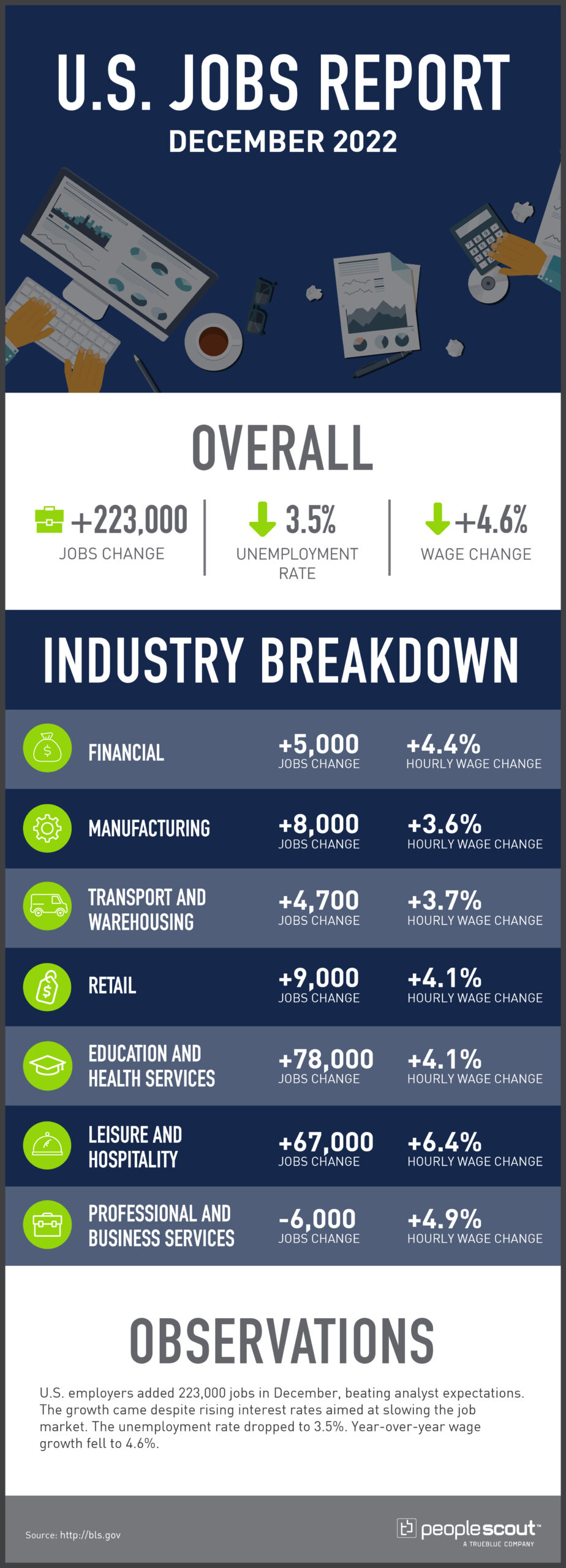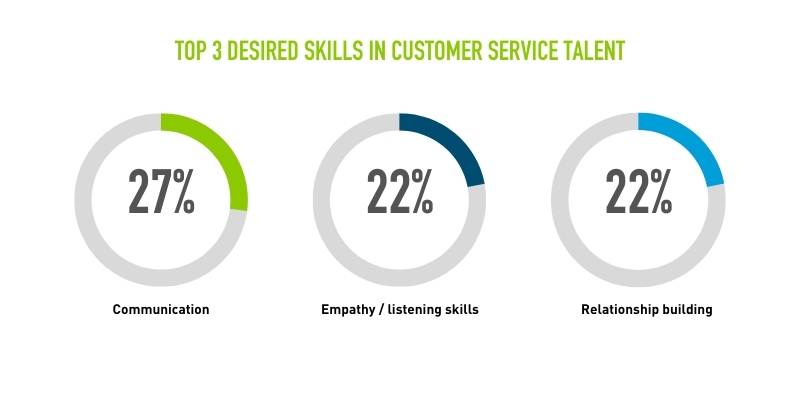PeopleScout’s latest research reveals hard truths about candidate expectations versus the reality of their experiences
CHICAGO–January 25, 2023 – Today’s job market is experiencing a clear disparity between candidate expectations and the reality they face when searching for and applying for jobs, according to a recent report by leading recruitment process outsourcing provider PeopleScout, a TrueBlue company. Survey findings showed that less than two in 10 candidates would rate their experience as “excellent”—a clear indicator that expectations for their job search are not being met by employers. The global research report, Inside the Candidate Experience, surveyed over 2,400 job seekers and analyzed 217 companies around the globe to see how employers stacked up against candidate expectations.
Technology, social media and lightning-fast consumer experiences have driven job seekers to expect seamless, quick, digital-first experiences. For employers to succeed in this market, they must deliver the same intuitive and personalized experience. For example, survey results showed that two-thirds of candidates use social media to research companies during their job search. Yet, a third of employers are not consistently posting career-related content to their social channels.
Job seekers also showed a desire to make an emotional connection with prospective employers. The study revealed that an organization’s mission, purpose and values are top considerations for candidates when deciding whether to apply for a job. Yet less than half of organizations include this information on their career site. Also, 35% of employers do not feature real employees in their recruitment material.
In addition, candidates want to know that applying to an organization is worth their time and effort. Of those surveyed, 21% of candidates said lack of information regarding next steps would make them likely to drop out of the process after applying, but less than two in 10 employers provided candidates with those details. Plus, only 30% of employers clearly stated that adjustments were available for candidates with disabilities prior to starting an application.
“In my conversations with talent acquisition leaders, it’s clear organizations understand the importance of the candidate experience, yet our research reveals that employers have a long way to go to meet candidates’ expectations,” said Simon Wright, PeopleScout’s Head of Global Talent Advisory Consulting. “PeopleScout strives to make the recruitment process as seamless as possible for both parties, and our hope is that this serves as a rallying cry for employers to get serious about making improvements to their candidate experience, especially as hiring has become so challenging.”
Download PeopleScout’s full report here for more survey findings and actionable insights for employers.
Press Contact
Taylor Winchell
Senior Manager, External Communications
pr@trueblue.com
1-253-680-8291




